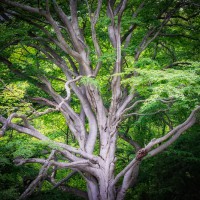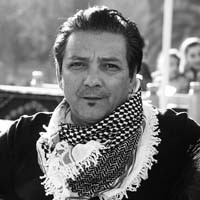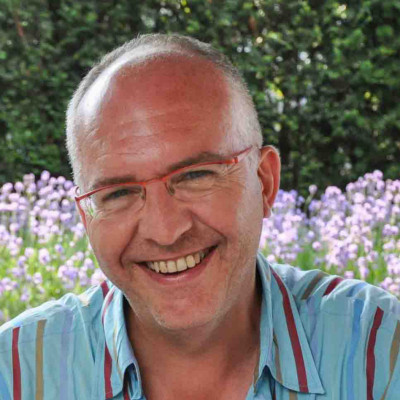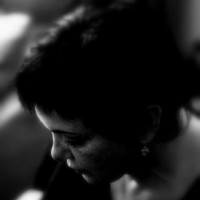Having studied the art of painting, I took an interest in still life photography. I started collecting materials — antiques, wooden objects, photos, curtains, table clothes, dried fruit and so on. I believed that what I did with painting could also be done with photography.
Canon 500D . Sigma 70-300mmf/4 . 1/6ss . f/11 . ISO400
The key to a successful still life is the composition. The compatible objects need to flow harmoniously together. However, incorporating a contradictory object into the scene creates a great outcome. For instance, the artist can break the monotony by using some horizontal objects with a single vertical one or vice versa. Positioning the objects in a triangular manner, or placing them in an ascending order that splits the field of view, creates a perceptual pleasantness. It's great to use extra material, such as a mantling, straw, leaves or flowers to enrich the composition. Once the composition is achieved, the second most important element in a still life is the choice of light — natural or artificial. I often work on a table to make my creations, and I use a tripod and natural light from a window or a half-open door. When I work with artificial light, all I require is a dark room, an LED light and a tripod. I took this photograph in my home studio. What significantly inspired me here was the crock. I bought the crock without hesitation when I saw it and started thinking about the other elements I would pair it with, the perspective and the composition. It is essential to associate and bring objects together if you want to make an intriguing still life photograph. I decided on the concept "village dining tables." There also had to be steam billowing out of the crock.
"Next to the crock, I put a wooden spoon, some bread, onion and garlic, which created a uniformity. Afterward, I placed a yellow pear and a goblet made of clay in order to reduce the uniformity."
First, I covered the wooden table with a cloth that complemented it. Next to the crock, I put a wooden spoon, some bread, onion and garlic, which created a uniformity. Afterward, I placed a yellow pear and a goblet made of clay in order to reduce the uniformity. Putting an object that stands out always yields good results and helps the viewer focus on the concept. The second essential factor was light. I preferred to use soft evening light because hard light causes the objects to deteriorate and makes it difficult to perceive textures in the image.I placed the table in front of the window so that the light from above could illuminate my set. I then worked on creating the steam. My plan was to burn pieces of paper in the crock to get better density. Because the soft light was not enough to light up the objects, I reduced the shutter speed to 1/6 second, the aperture to f/11 and set the tripod. I also increased the ISO to 400 to capture a denser steam image. After the values were set, it was time for the steam. I put small scraps of paper in the crock and burned them. I waited until the fire died down, and eventually the smoke started to rise out of the crock. I tried for an hour or two until I achieved what I wanted.
I processed the image in Photoshop. Usually I add background textures to my still life photographs; a texture that matches the light, the image and the colors creates a deeper emotion.
1) I made small changes using Selective Color and achieved a more vivid color.
2) Then, I added 5% to 10% Contrast and Sharpening.
3) I opened up a texture layer from my archives, copied it and then pasted this texture onto the photo.
4) Later, I gave the texture layer a more opaque look by selecting Layer > Layer Style > Blending Options > Multiply.
5) Using the Eraser tool, I removed the texture layer from the surface of the objects to make them look more distinct on the main layer.
TIPS
1) The most important part of still life work is the composition.
2) Still life offers endless opportunity in terms of creativity.
3) Light is so important in still life, and both natural and artificial light can be used.
I am from Turkey and I'm 55 years old. I graduated from the painting department of a fine art school. I have been painting for a long time, and I am also interested in literature. I have written poetry, fiction and essays. I have also worked professionally in different departments of the media sector. Having a brother as a photographic artist led me toward my intesrest in photography, and I have been taking photos for five years. I usually prefer still life photos, as it offers endless opportunity in terms of creativity, but I also like street photography. I am fascinated by photography and I will keep chasing the light.














